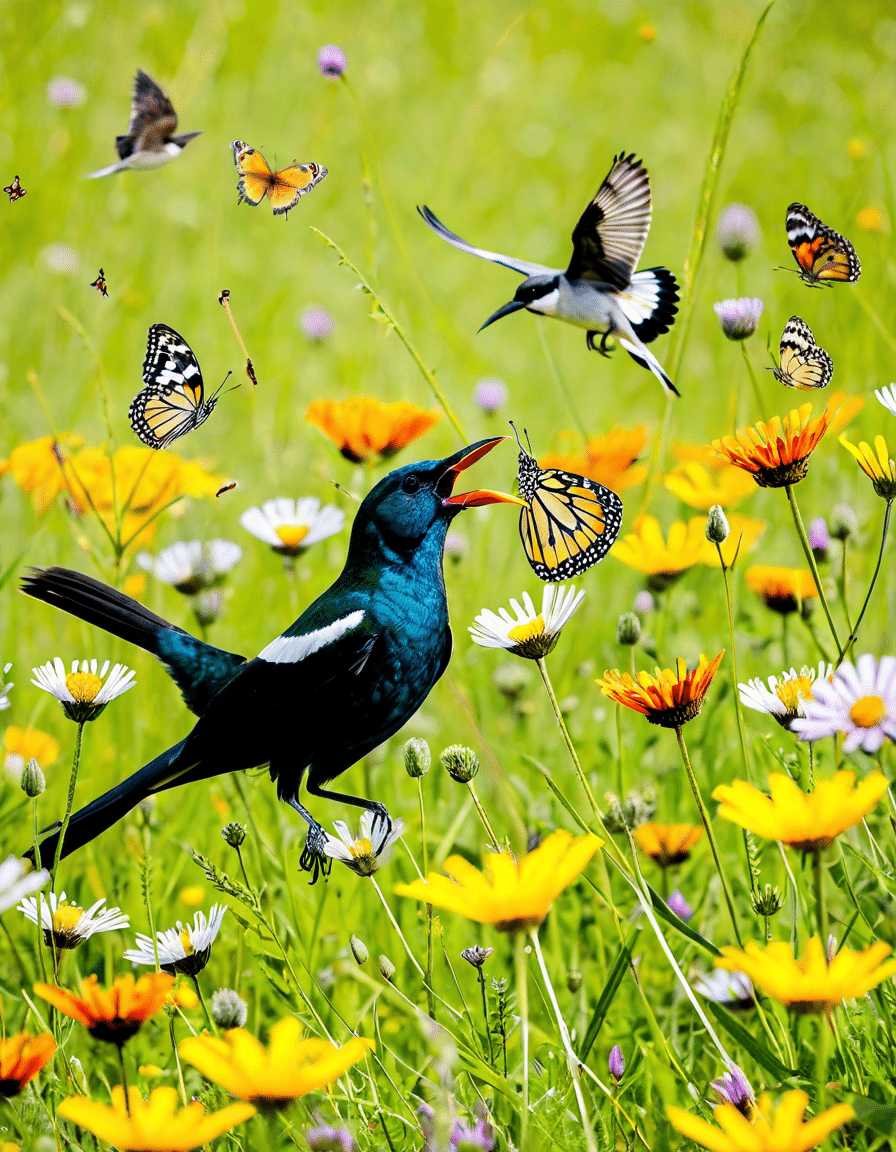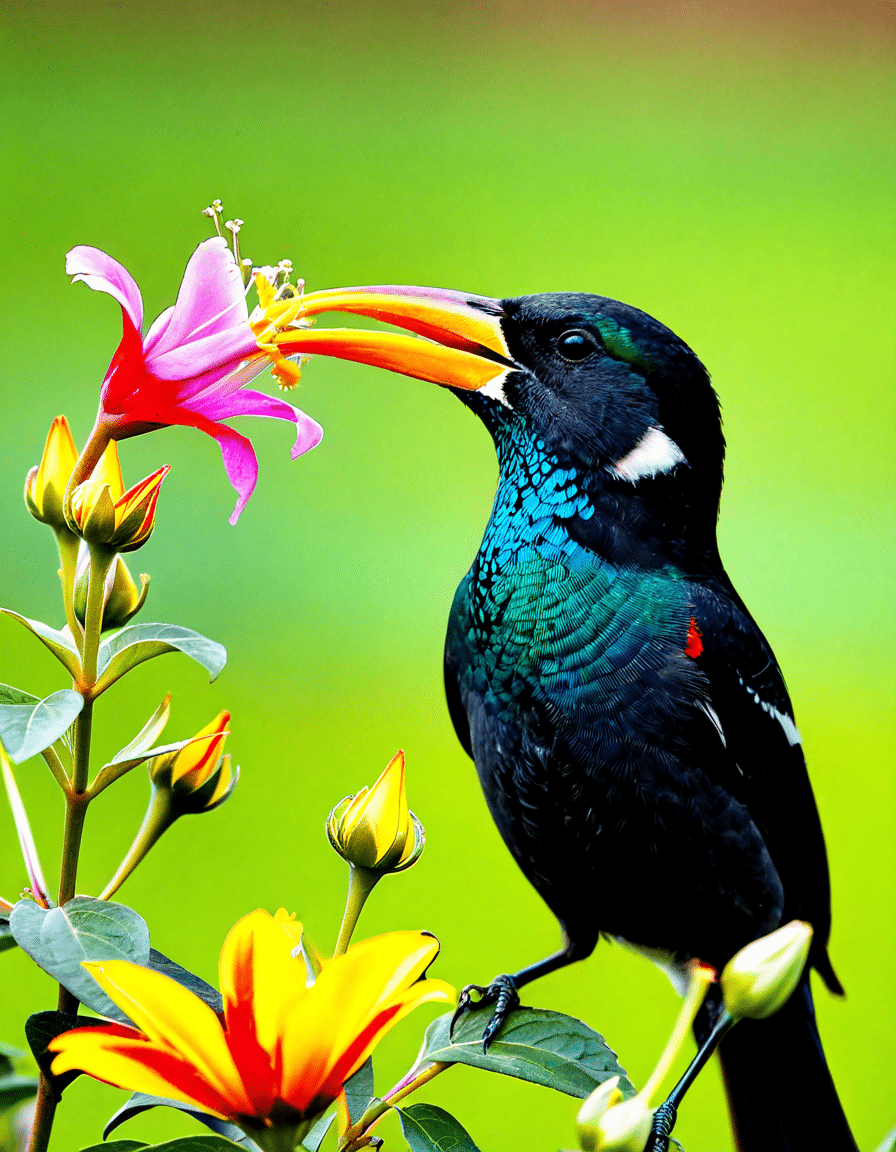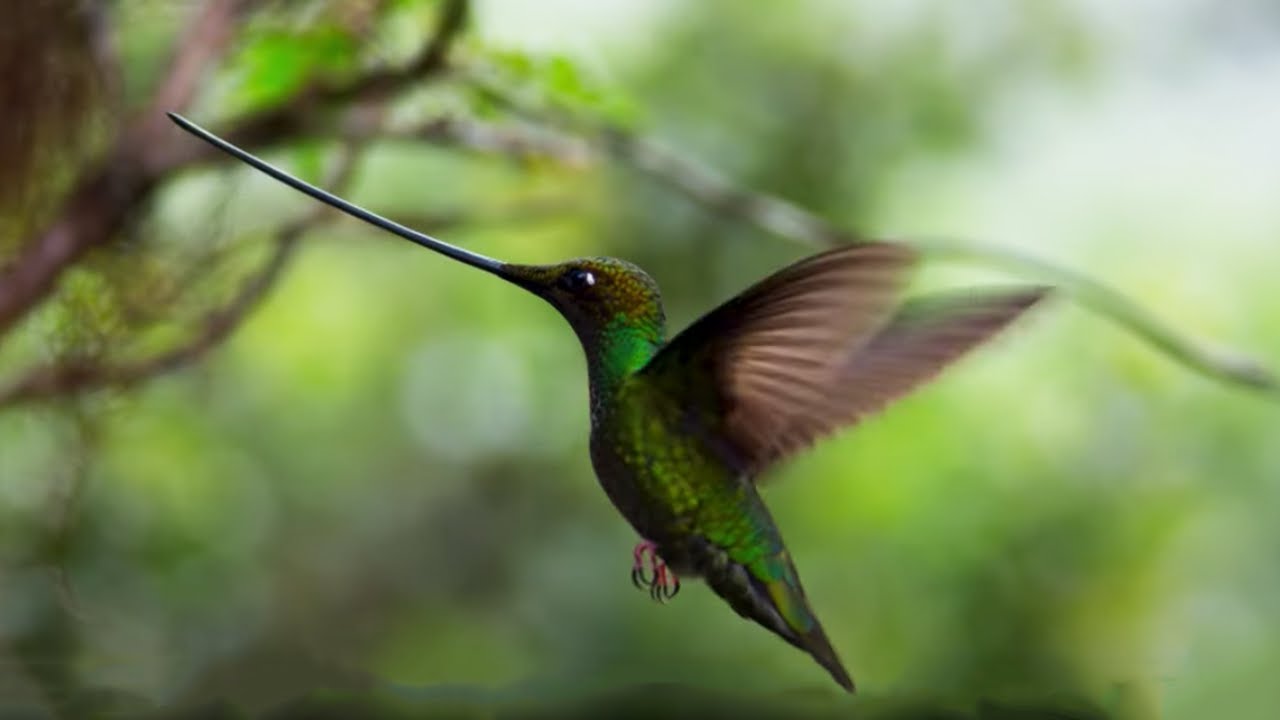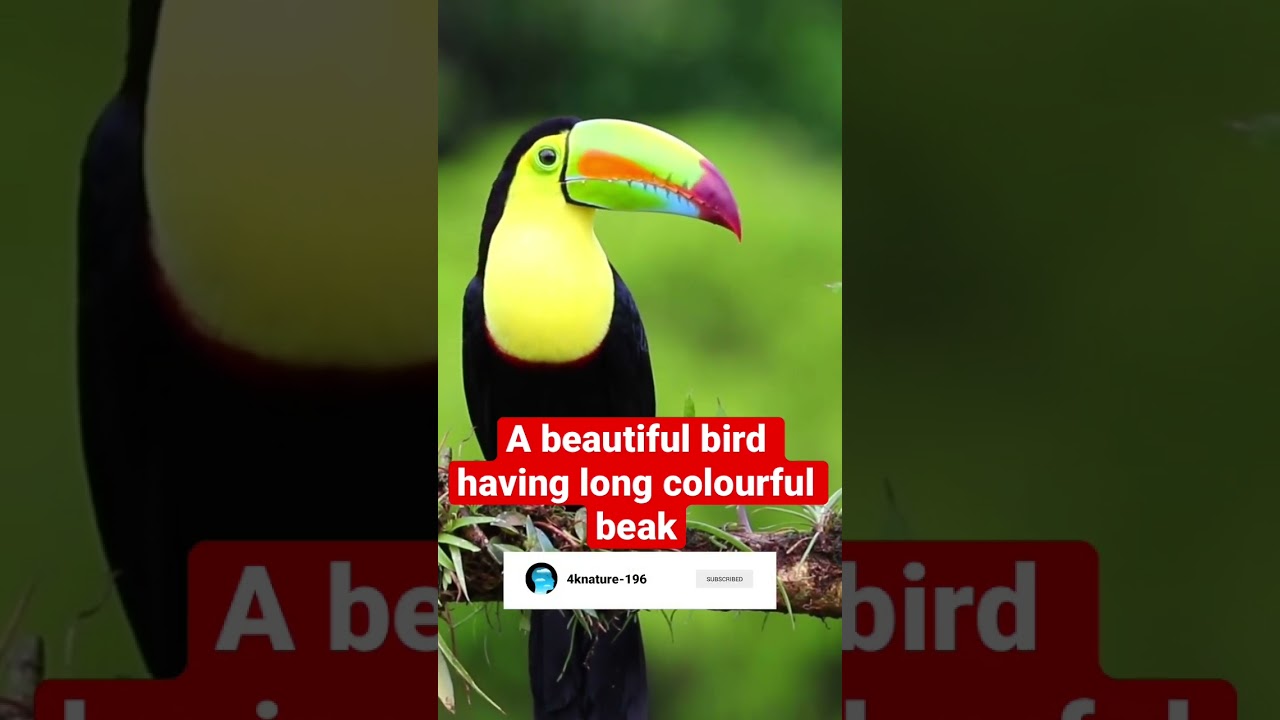Birds with long beaks are a fascinating glimpse into nature’s creativity. These remarkable aviators have adapted their elongated bills to thrive in various ecosystems. From probing the mud for food to catching fish mid-flight, their beaks serve multiple purposes, showcasing the variety of avian life on our planet. In this article, we’ll delve into seven incredible species of birds with long beaks and uncover the unique secrets they hold.
## Secrets of the Fascinating Bird with Long Beak

1. The Long-Billed Curlew
The Long-Billed Curlew is a true marvel, boasting a bill that can reach up to 8 inches in length. Found across North America, this shorebird primarily forages in mudflats and sandy shores where it seeks out invertebrates. Its long beak allows the curlew to probe deep into the ground, ensuring it feeds efficiently and effectively, contributing to the ecological balance by maintaining healthy prey populations.
2. The Roseate Spoonbill
Not only is the Roseate Spoonbill known for its vibrant pink feathers, but its spoon-shaped beak allows it to excel in a specialized feeding technique called “seine feeding.” By sweeping its bill through shallow waters, this bird captures fish and invertebrates invisible to other birds. This remarkable adaptation gives the spoonbill access to abundant food sources and demonstrates how meaningfully adaptations can influence survival.
3. The Kiwi
Hailing from New Zealand, the Kiwi is an incredible example of adaptation in a landlocked environment. With an elongated, sensitive beak, it seeks out insects and worms hidden beneath the forest floor. Interestingly, the Kiwi has a notable sense of smell—unusual for birds—that enables it to locate food underground, showcasing an extraordinary strategy for survival in its specific habitat.
4. The African Shoebill
The African Shoebill presents a striking silhouette with its shoe-shaped beak that can exceed 10 inches in length. Found in marshy wetlands, this large bird primarily focuses on hunting fish and amphibians. The Shoebill’s impressive beak reflects a perfect marriage of form and function, making it one of the most remarkable birds in evolution.
5. The Macaroni Penguin
While the Macaroni Penguin might not be the first bird to come to mind with a long beak, its curved beak is crucial for survival in the icy waters of Antarctica. The penguin uses its beak to efficiently catch krill and fish, demonstrating how even subtle adaptations can vastly improve survival in challenging environments.
6. The Eurasian Wryneck
The Eurasian Wryneck stands out among birds with long beaks, utilizing its slender, elongated bill to dig into trees for ants, beetles, and larvae. This species also has a fantastic defense strategy—mimicking snake sounds to scare off potential predators. Its specialized feeding and defense mechanisms highlight the adaptability and ingenuity of birds in resource-constrained environments.
7. The Hornbill
Hornbills, especially the Great Indian Hornbill, feature large, curved beaks that fulfill numerous roles. Besides feeding on fruits and small creatures, these beaks are integral to courtship displays. Their unique adaptations offer significant insights into avian mating rituals and the ecological functions they serve.
Unique Adaptations of Birds with Large Beaks
Birds with large beaks reveal significant adaptations that align with their ecological roles. These unique characteristics often reflect their specialized feeding strategies and social dynamics.
Feeding Strategies
For many birds with long or large beaks, developed feeding strategies are key. For instance, the Great Frosted Bunting possesses a hefty bill for cracking open seeds, which in turn aids in seed dispersal, promoting plant species growth in their habitat. This illustrates the critical relationship between bird feeding habits and environmental health.
Social Interactions
Long beaks can shape interactions among bird populations. The California Condor, for example, employs its distinctive beak to scavenge. This behavior creates social dynamics around cooperative feeding, benefiting the species. Such interactions highlight how adaptations can significantly impact social structures in avian communities.
Environmental Impact
The role of birds with large beaks extends beyond their immediate needs. By preying on insects and small mammals, these birds help maintain balance in populations, enhancing biodiversity and promoting ecosystem health. Their ecological influence is profound, underscoring their importance in our natural world.

The Enduring Mystery of Bird Beaks
The intriguing diversity in bird beaks captivates researchers and birdwatchers alike, unraveling insights into evolution, ecology, and behavior. Long beaks aren’t just tools—they are extraordinary manifestations of nature’s creativity.
Understanding these adaptations becomes crucial as we face climate changes and habitat destruction. By appreciating the roles these birds play, we can commit to conservation efforts to preserve these awe-inspiring species for future generations. Through this understanding, we not only enhance our knowledge of wildlife but also deepen our connection to the natural world. Every bird with a long beak adds a unique thread to the tapestry of life, reminding us of nature’s ever-evolving artistry.
Birds with long beaks, in their many forms, embody the incredible ability of nature to adapt and thrive. Their presence enriches our environments, making it essential to recognize and protect their habitats.
Whether you’re an avid bird watcher, a pet owner contemplating pet birds, or simply someone looking to learn more about fascinating wildlife, these birds drive home a crucial point: every creature has its unique story. Let’s cherish them and work together to ensure these natural aviators fly through the skies for years to come.
Bird With Long Beak Secrets That Will Amaze You
Incredible Adaptations and Behaviors
Birds with long beaks are fascinating creatures, often displaying extraordinary adaptations to thrive in their environments. Take the spoonbill, for example. Its unique shape enables it to forage in shallow waters, sweeping side to side to catch small fish and crustaceans. Isn’t that nifty? Additionally, many long-beaked bird species are known to be social creatures, often found flying in flocks to enhance their foraging efficiency. Just like how famous black people have often worked together to uplift their communities, these birds rely on teamwork to survive.
Now, speaking of quirky adaptations, did you know some birds use their long beaks to impress potential mates? Yes, for many species, a longer bill can signal good health and genetic fitness, making them more attractive to partners. Their efforts are a bit like how Landon Asher barker has garnered attention for his unique style and presence; it’s all about standing out in a crowd!
Ecological Importance
Birds with long beaks play significant roles in their ecosystems. For instance, some species, like the hummingbird, are vital pollinators. When they sip nectar, they inadvertently transfer pollen from one flower to another, aiding plant reproduction—talk about a win-win situation! This is similar to how we ensure diverse diets for our pets, like if you’re considering whether can Beardies eat Blueberries for extra nutrition. A healthy mix keeps ecosystems flourishing, just as it does for our beloved pets.
Moreover, these birds often influence the balance of their environments by controlling insect populations. A bird swoops down targeting a pest may very well be as satisfying as watching your favorite shows on Cbs streaming after a long day! Their hunting skills not only sustain them but also contribute to the biodiversity around them, proving that their long beaks aren’t just for show but essential tools in nature’s toolkit.
Fun Trivia and Myths
You might just be surprised by some fun facts about birds with long beaks! For example, the pelican’s beak is not just lengthy but also highly adaptable. It has a flexible throat pouch that can hold up to three gallons of water—imagine carrying that much in your mouth! This kind of efficiency reminds me of how often people get intrigued by unique dog breeds, like the stylish black white French bulldog. It’s all about the quirkiness that captures attention!
Additionally, it’s widely believed that these birds possess excellent navigational skills, sometimes traveling hundreds of miles in search of food or suitable nesting sites. Much like applying for Australian blue merle shepherd Puppies, search efforts can lead to unexpected rewards. The quest for food and mates keeps these long-beaked marvels on the move, highlighting both their resilience and their adaptability in changing environments.
In short, birds with long beaks are not just beautiful; they carry with them secrets of survival, pollination, and social interaction that continue to intrigue nature lovers all around. So next time you spot one, remember the clever adaptations they’ve mastered to thrive in their diverse habitats!






